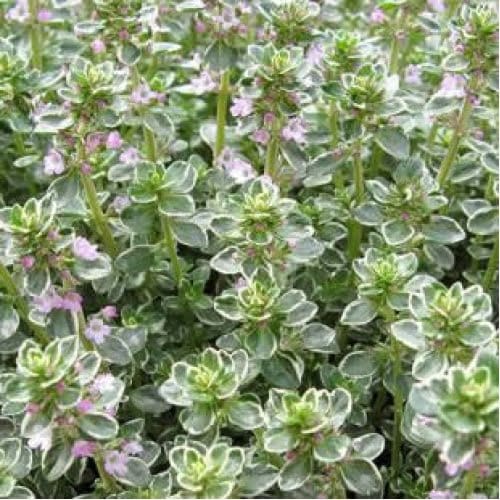
Thyme
Thyme is a small-leaved, aromatic herb that has long been cherished for both its culinary and medicinal virtues. Native to the Mediterranean region, thyme belongs to the mint family (Lamiaceae), and its versatility has made it a staple in kitchens around the world. With over fifty varieties, the most commonly used culinary type is Thymus vulgaris, or common thyme.
In cooking, thyme is renowned for its earthy, slightly minty and peppery flavour with subtle lemony undertones. It pairs well with poultry, lamb, and roasted vegetables, and it is often included in herb blends such as bouquet garni and herbes de Provence. When slow-cooked in stews or sauces, thyme releases a depth of flavour that enhances the overall dish without overpowering it. It’s also a favourite in marinades, stuffing, and even breads.
Thyme can be used fresh or dried, though dried thyme has a more concentrated flavour and longer shelf life. When using fresh thyme, the tiny leaves can be stripped from the woody stems and sprinkled into dishes. The stems themselves can be simmered in soups or stocks and removed before serving, much like bay leaves.
Beyond its culinary uses, thyme has a rich history in traditional medicine. It has been valued since ancient times for its antiseptic and preservative properties. Thyme contains thymol, a compound known for its antimicrobial qualities, which has made it useful in treating sore throats, coughs, and minor wounds. Thyme tea, made from steeping the leaves in hot water, is still popular today as a soothing herbal remedy.
In the garden, thyme is a hardy perennial that thrives in well-drained soil and full sun. It’s drought-tolerant and attracts bees and other beneficial pollinators. Due to its compact growth, it also makes an attractive border plant or ground cover.
Whether sprinkled into a roast, brewed into a tea, or grown as a decorative herb, thyme brings timeless charm, flavour, and functionality to the table.
